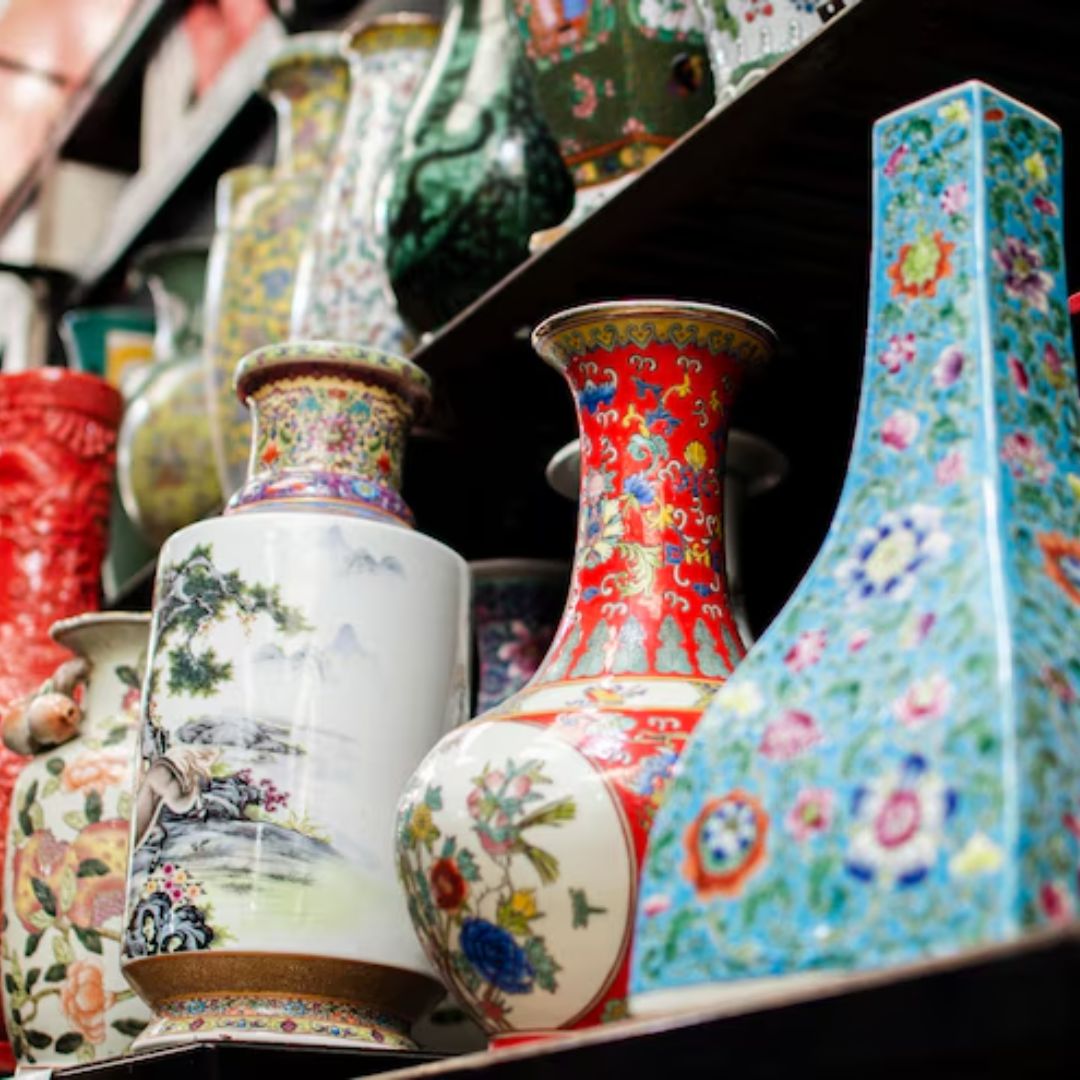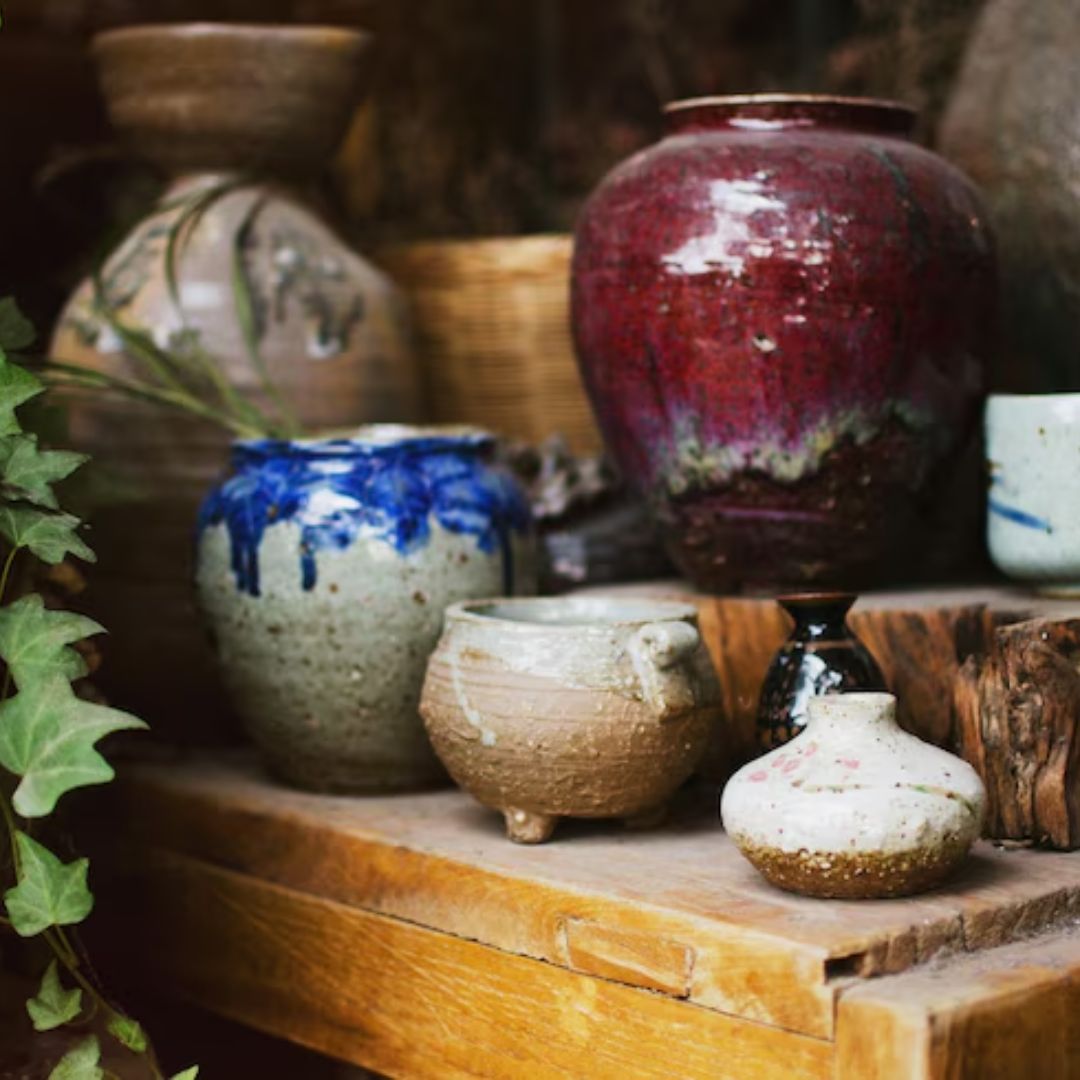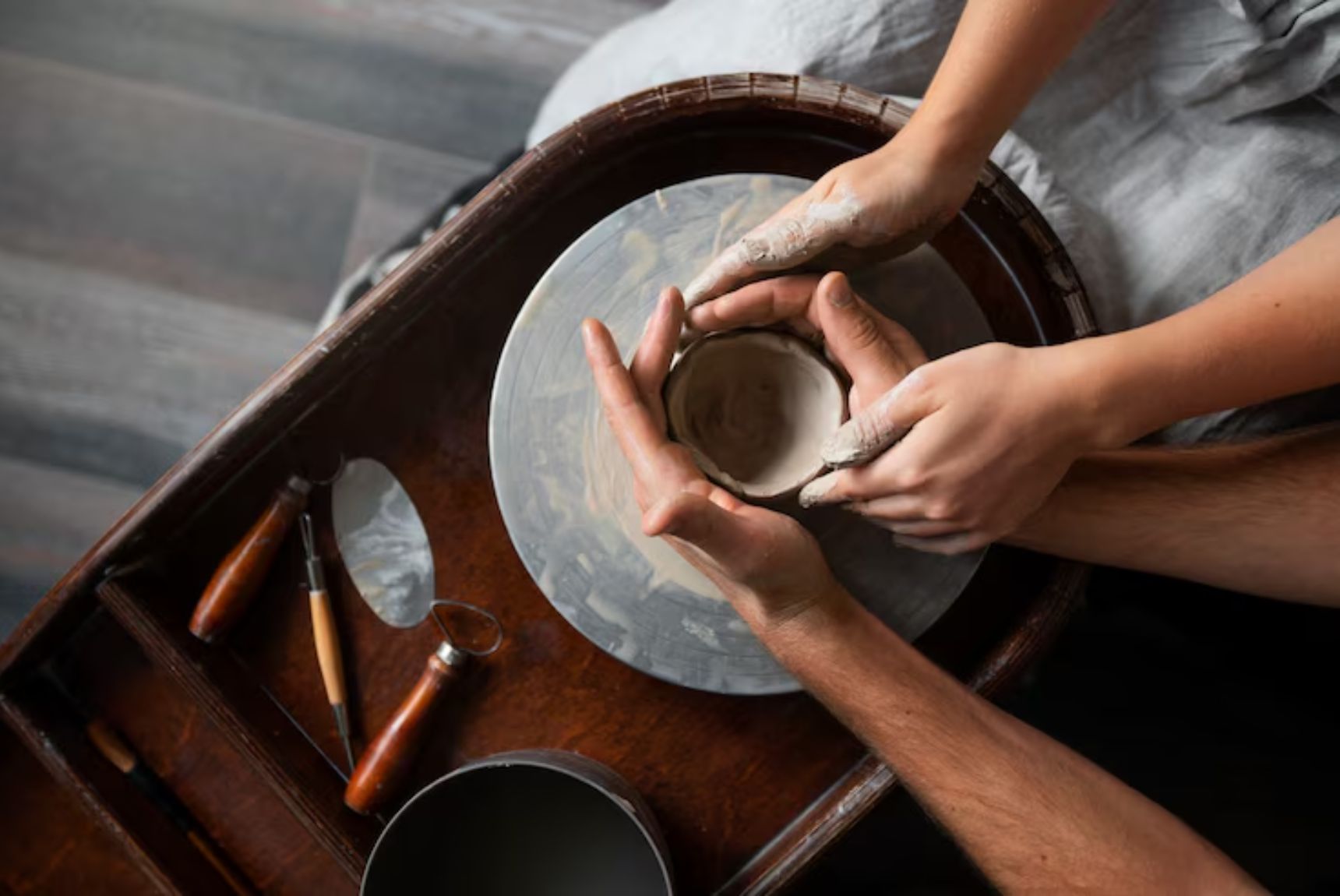In today’s design-saturated landscape, authenticity often gets lost in aesthetics. House of Pridi refuses to follow this path. Instead, it offers a meaningful convergence of design and cultural expression that seeks to rejuvenate both the spirit and the senses.
With every detail, the brand tells a story—of Thai heritage, of artistic evolution, and of a community rooted in creative purpose. Rather than simply creating beautiful products, House of Pridi curates moments of cultural resonance and invites its audience to participate in the dialogue between past and present.
Design as Cultural Language
At House of Pridi, design is not just form and function—it’s language. This language is spoken in textures inspired by Thai architecture, patterns echoing temple murals, and silhouettes that revisit the elegance of traditional Thai attire. Each object or space serves as a conversation starter about identity, belonging, and legacy.
The brand sees cultural elements not as static artifacts but as dynamic ingredients. This philosophy allows House of Pridi to design experiences that are modern yet steeped in cultural nuance. Its design has meaning, shaped by heritage and elevated by intention.

From Ideas to Identity
What begins as a concept at House of Pridi quickly becomes a layered expression of identity. The design team doesn’t merely produce collections—they interpret cultural symbols, historical references, and emotional memory into a physical form. Every color choice, every material selection is purposeful.
Whether it’s a homeware line rooted in northern Thai ceramic traditions or fashion silhouettes inspired by ancient drapery, the goal remains the same: to make culture visible and tangible in everyday life. These are not designs for trends, but designs for truth.
The Role of Collaborative Storytelling
Behind every product is a collaboration—between designers and artisans, concept developers and cultural advisors. House of Pridi places value on co-creation. It’s through these relationships that ideas deepen, techniques are preserved, and new narratives emerge.
Workshops and residencies often bring together diverse voices, allowing design to be a shared journey. This inclusive approach nurtures a brand that reflects a collective cultural memory rather than a singular viewpoint. It also reinforces House of Pridi’s role not just as a creator, but as a cultural curator.
Where Art and Function Meet
House of Pridi’s creations strike a delicate balance between aesthetic elegance and functional purpose. From furniture to fashion, each item is designed for use, but never without artistic merit. This union of art and utility transforms everyday living into an act of appreciation.
For instance, a simple throw pillow may embody textile traditions passed down for generations, while a tea set might capture the spatial logic of traditional Thai courtyard homes. These designs invite daily interaction with heritage—not as something distant, but as something lived.

Design with Lasting Impact
The House of Pridi design process is slow, conscious, and deliberate. It embraces natural materials, honors craftsmanship, and respects the rhythm of human hands. This is not merely about sustainability as a modern virtue—it’s about sustainability as a cultural inheritance and a signature of the brand’s enduring philosophy.
Packaging is minimal and reusable. Materials are sourced locally and ethically. The design itself is meant to last—not only in quality but in relevance. In a fast-moving world, House of Pridi plants its roots deeply, encouraging others to slow down and connect with meaning.
Conclusion
House of Pridi curates more than just collections—it curates culture. Every piece is part of a broader narrative that celebrates Thai heritage, uplifts artisan communities, and redefines what it means to design with purpose.
From concept to culture, House of Pridi reminds us that design is not just what we see—it’s what we carry, what we preserve, and what we pass on.


